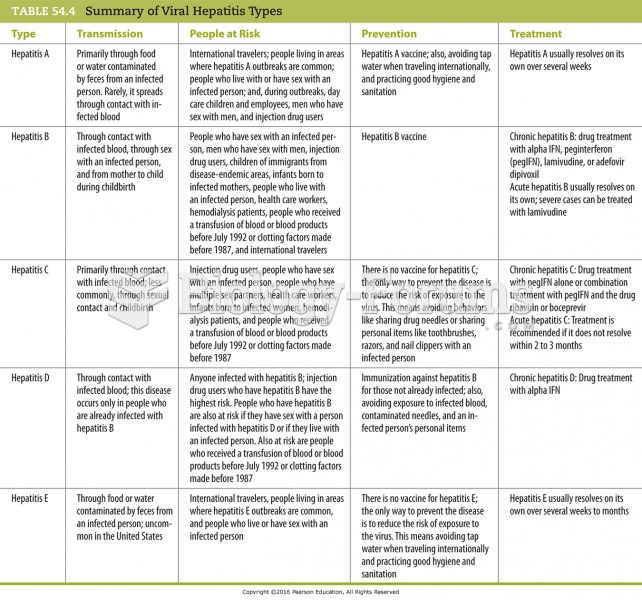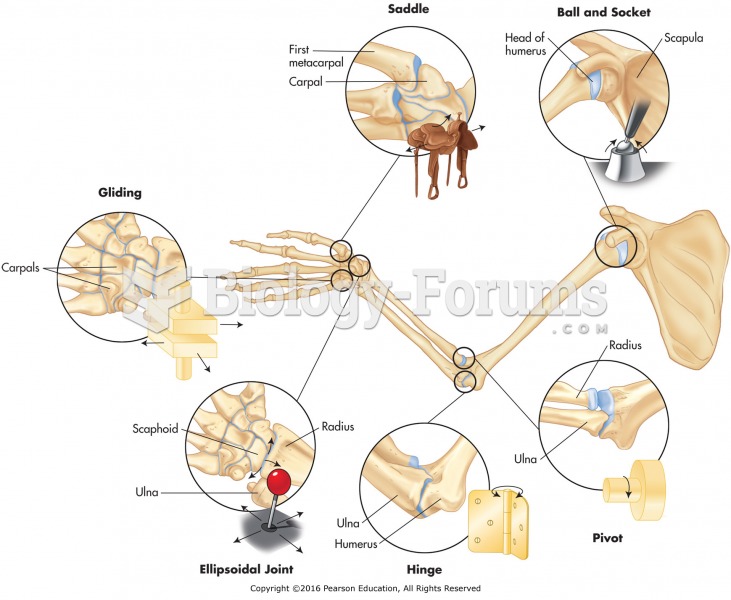Answer to Question 1
Answer: Men and women are more similar in their preferences for long-term than short-term partners. For short (e.g., a date or a one-night stand), men have relatively low minimum standards for intelligence compared to women, but for long-term relationships they are more similar with respect to intelligence. More generally, there are differences in terms of physical and other preferences.
With regard to physical characteristics, some differences are: female preferencesmedium nose; large jaw; symmetrical appearance; male preferenceslow waist-to-hip ratio; shiny, lustrous hair; large eyes; small nose.
With regard to other features, some differences are: females tend to prefer men with status and resources, or the potential to gain resources; males tend to prefer women who are of child-bearing age (particular in their 20s) who appear fertile and healthy.
Answer to Question 2
Answer: Males tend to view female behavior, including compliments, gifts, or touches, as more seductive and more indicative of sexual interest than women do. Thus, they are prone to perceiving sexual interest from women when it isn't there. This may be an adaptive response to the fact that women tend to be choosy when selecting male sexual partners. It is in man's interest not to miss possible signs of sexual interest so as not to miss opportunities for reproduction. Women tend to underperceive a men's commitment to them. This may be adaptive because women have traditionally relied on men for resources and couldn't risk having children with men who were not truly committed to her.







